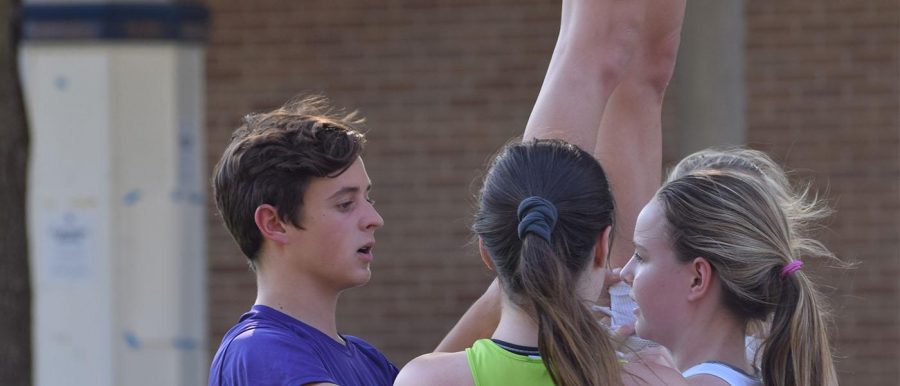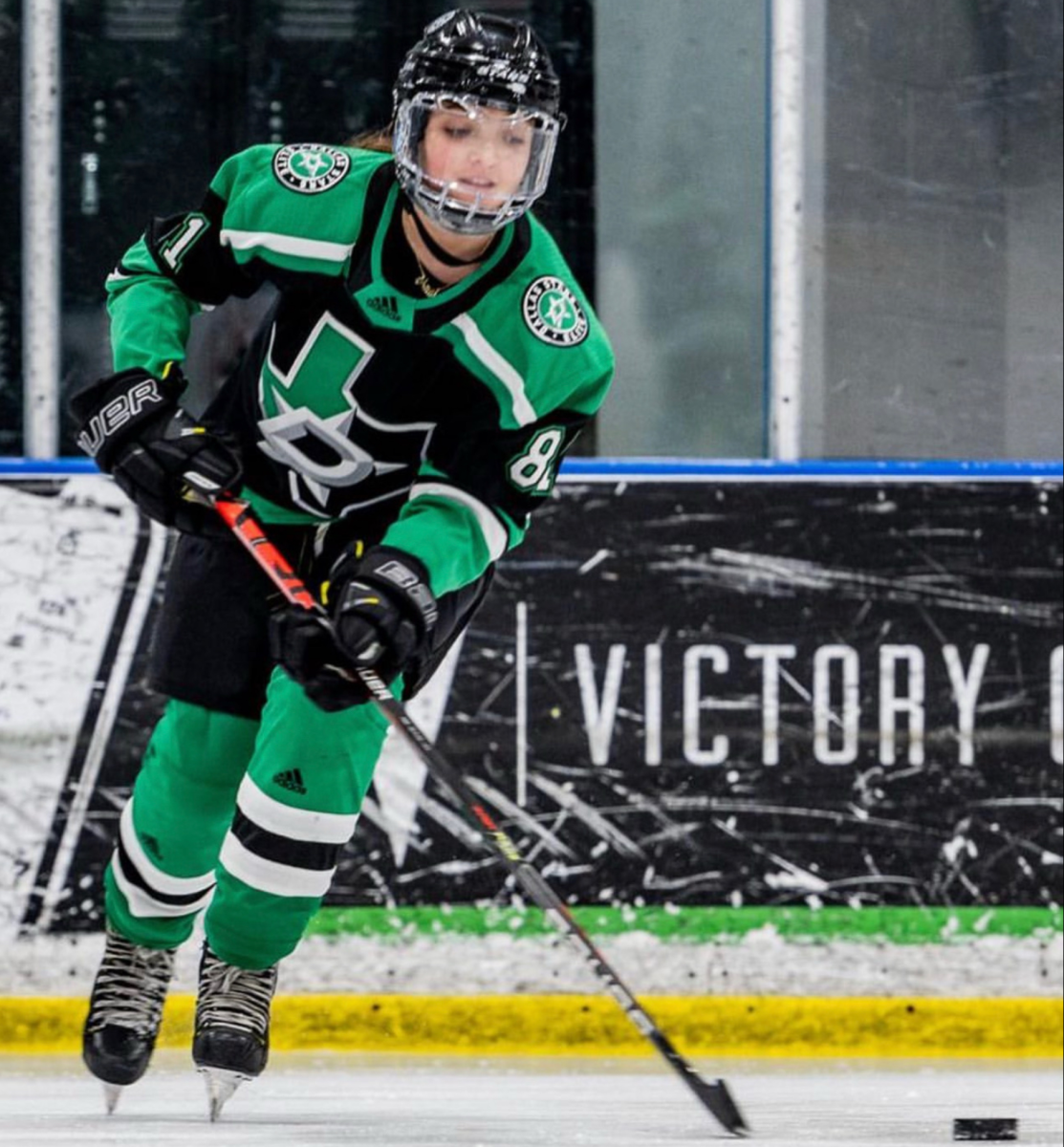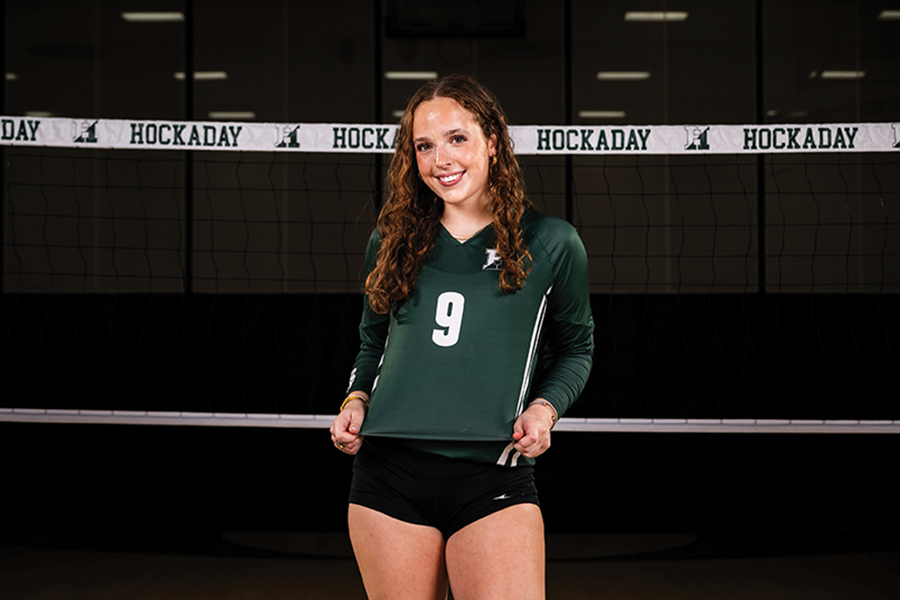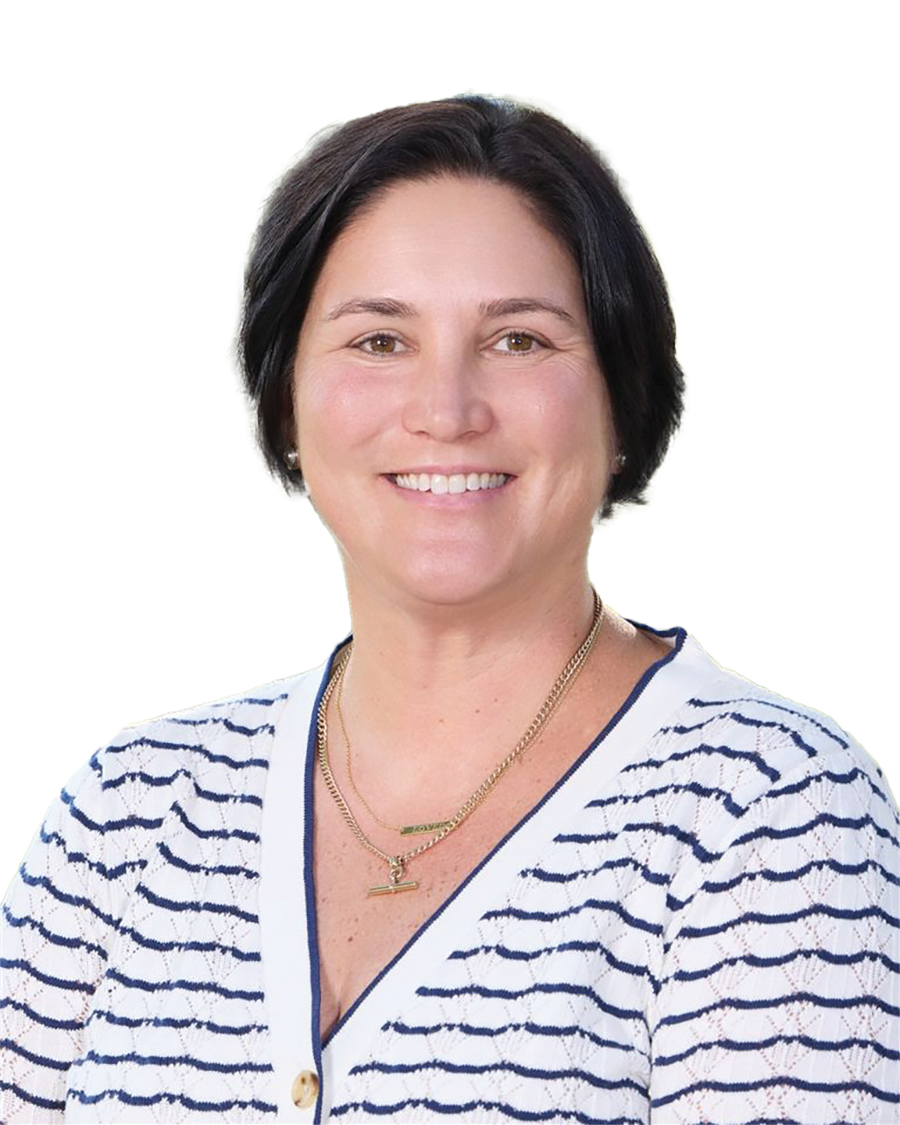For the first time in five years, a St. Mark’s student joins the cheer team.
Friday night lights at the St. Mark’s School of Texas creates an unforgettable environment. The varsity football team hustles down the field, the band decorates the air with cheerful music, the Spurs, St. Mark’s students dressed in blue jeans and cowboy hats celebrate the touchdowns and the cheer team guides spirits to an all-time high. This year, however, shows a scene that many students have never seen before: a boy on the cheer team.
Nick Kowalske, a new freshman at St. Mark’s, broke the five-year absence of boys on the cheerleading squad, officially joining the team in early September.
Eager to be involved in extracurriculars, Kowalske signed up to be in the photography class, but the class was full, and he was unable to get in. Then, he tried out to be on the volleyball team, but he was cut.
With some background in gymnastics and tumbling on the trampoline, Kowalske took an interest in St. Mark’s Cheerleading.
“I thought [cheerleading] would be not only fun, but also a good opportunity to gain skills and get better at gymnastics,” Kowalske said.
The St. Mark’s cheerleading squad is open to Hockaday and St. Mark’s students alike to try out and is considered a varsity sport. During the fall, the squad cheers at home and away football games. During the winter, although not one of their official seasons, each cheerleader is required to cheer in at least two St. Mark’s basketball games.
Director of Athletics and P.E. Mark Sullivan, who has been at St. Mark’s since 1982, sees cheer as a crucial part of the spirit environment of the school and a sport that provides an opportunity for both Hockaday and St. Mark’s students to work as a team in a co-ed setting.
“[St. Mark’s Cheerleading] is about building an environment, and a way to support your friends and support your peers in a team fashion that’s different than just coming and cheering from the stands,” Sullivan said. “We don’t have too many opportunities between the two schools that we can do that and have that kind of relationship and experience.”
In order to establish a good relationship between Kowalske and the rest of the squad, he is invited to attend all team dinners, outside bonding activities with the team and cheer camp in May of 2017.
Senior Megan Hudspeth, one of the three cheer captains, believes that it’s important for the girls to bond with Kowalske because it’s crucial to completing their routines.
“There has to be a lot of trust on cheer teams,” Hudspeth said. “Because he will be stunting, we have to be able to trust [Kowalske] to catch the girls.”
Although in recent years the team has only featured female cheerleaders, in 1966, the squad was an all-male team. As the years progressed, the number of boys began to diminish. But in 1982 there was a split squad; the team comprised an equal number of girls and boys. In 1999, there were four boys and 12 Hockaday girls on the team, and it marked the last year the cheer team was co-ed. After that, sporadically a St. Mark’s student would show interest in the team, but there has not been any consistent interest.
Looking at collegiate teams, many universities have cheer teams that are either mostly male, or exclusive to males. What is it that boys can bring to this sport that maybe female cheerleaders cannot?
Head cheerleader of the split team in the fall of 1982 David Wood ‘82 thinks that while the girls on his team could accomplish great stunts and tumbles that the boys at the time could not, the males on the team changed the effect the cheerleaders had during the games.
“[The St. Mark’s students] were familiar with the school and would see the athletes everyday, whereas the Hockaday girls would just come over once or twice a week,” Wood said. “Having males on the team really helped with the spirit during games and got the crowd riled up.”
One of the three cheer captains, Hockaday senior Emma Paine, believes that having Kowalske on the team will bring excitement during games. “Having [Kowalske] puts a twist on the year and make things interesting and more fun, and it give us more opportunities to experiment with stunts and different formations,” Paine said. “It’s something new to spice things up.”
And Sullivan believes that males can bring something as simple as aesthetic satisfaction to a squad.
“[The addition of males] can take on a dimension that maybe a single-sex squad can’t quite do,” Sullivan said. “That could be aesthetics in nature quite frankly, like having a bit more bass sound with the cheers; it could be a whole variety of things.”
However, being a male cheerleader is not always seen as positive. Though Kowalske says that all peers and teachers at St. Mark’s have been supportive of his interests in cheer, there has always been a negative stigma around males in cheerleading.
“A lot of guys don’t see it as a masculine sport, which I think is weird because it requires a lot of strength,” Kowalske said. “For stunts you have to be able to lift people and have the strength to tumble.”
Sullivan sees Kowalske’s decision as a step against the current.
“[Kowalske] is brave because he’s the only [St. Mark’s student] that’s joining the cheer squad,” Sullivan said. “Not because he’s a boy trying out for cheerleading, but because there’s probably dozens of kids that would love to do that, but they don’t want to take that step.”
Cheryl Hao – Asst. Web Edtior






